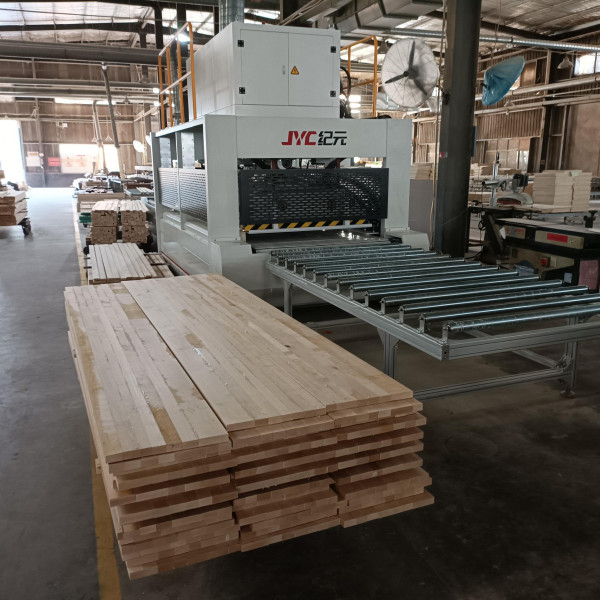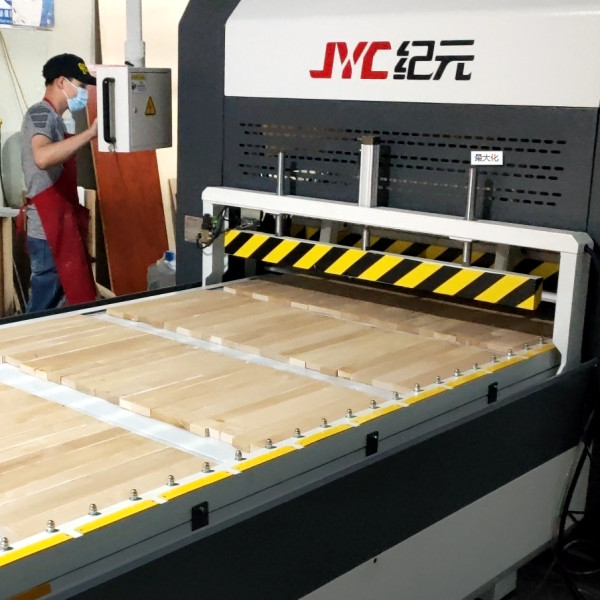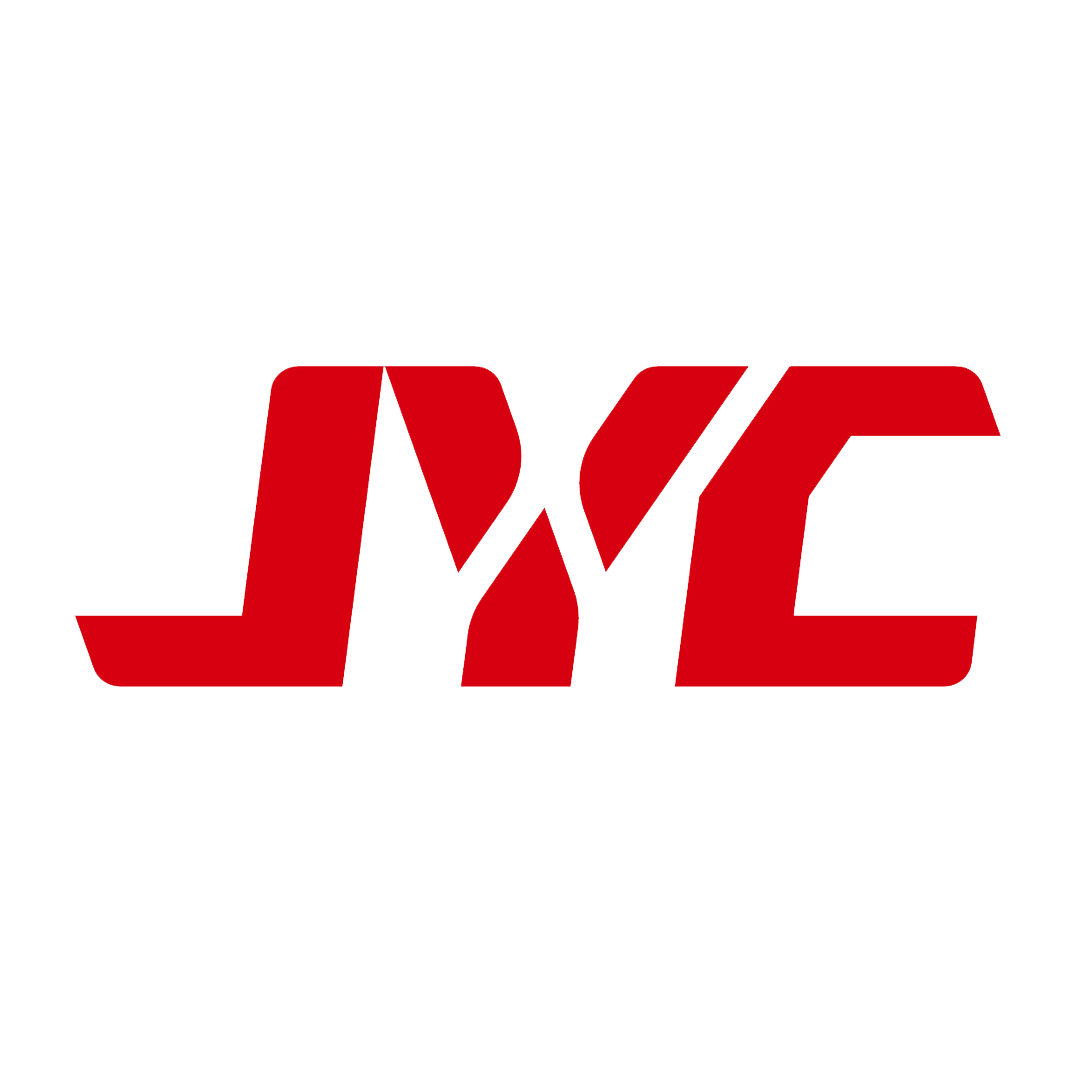
Do You Know JYC High Frequency Panel Joining Machines?
2025-02-12 15:32High frequency panel joining machines have revolutionized the woodworking and furniture manufacturing industries by offering rapid, efficient, and high-quality solutions for panel joining. Among the leading innovators in this field, JYC stands out with its advanced High Frequency technology, which combines automation, precision, and sustainability. This article explores the applications of HF wood board joining machines and highlights JYC’s competitive advantages through data-driven comparisons.
Core Technology and Applications
High frequency panel joining presses utilize electromagnetic waves to generate heat, enabling rapid curing of adhesives between wood panels. This method significantly outperforms traditional cold-pressing or hot-plate techniques in speed and energy efficiency. Key applications include:
-Furniture production: Joining solid wood panels for tables, cabinets, and doors.
-Architectural components: Manufacturing curved panels for wall cladding, door frames, and custom furniture.
-Specialized products: Producing musical instruments (e.g., guitar soundboxes) and decorative items with intricate designs.

JYC’s HF wood panel joining machines are particularly adept at handling diverse materials, including thin boards (as thin as 5mm), long panels, and irregularly shaped pieces, ensuring minimal material waste.
Advantages of JYC RF Wood Borad Joining Machines: Data-Driven Insights
A. Efficiency and Speed
-Cycle time: JYC's high frequency systems complete panel joining in 30–60 seconds, compared to 2–4 hours for traditional cold pressing.
-Labor reduction: A single operator can manage an entire production line, reducing labor requirements by 75%(from 4 workers to 1).
-Output stability: With auto pressure adjustment, JYC’s machines maintain consistent quality even for high-density or moisture-sensitive woods like North American hardwoods.

B. Precision and Quality
-Surface flatness: Post-pressing sanding allowance is reduced to 0.25mm, far lower than the 1–2mm required by conventional methods, minimizing material loss.
-Glue consumption: Automated glue dispensing systems save 25–30% adhesive while ensuring uniform distribution, reducing defects like overflow or weak bonds.
C. Sustainability
-Energy efficiency: High frequency heating targets adhesive layers directly, cutting energy use by 40% compared to thermal conduction methods.
Comparative Analysis: JYC vs. Conventional Methods
| Metric | JYC High Frequency | Traditional Methods |
|---|---|---|
| Cycle Time | 30–60 seconds | 2–4 hours (cold pressing) |
| Labor per Line | 1 operator | 4 operators |
| Glue Savings | 25–30% | N/A (manual application) |
| Post-Processing | 0.25mm sanding allowance | 1–2mm |
| Energy Consumption | 40% lower | Higher (thermal conduction) |
Market Impact and Future Trends
The global shift toward customized and high-end furniture has driven demand for efficiency. JYC's machines are widely adopted in markets such as China, Europe, and North America, particularly by brands specializing in curved or ultra-thin panels. Future innovations may include AI-driven predictive maintenance and further integration with IoT platforms to enhance productivity.
